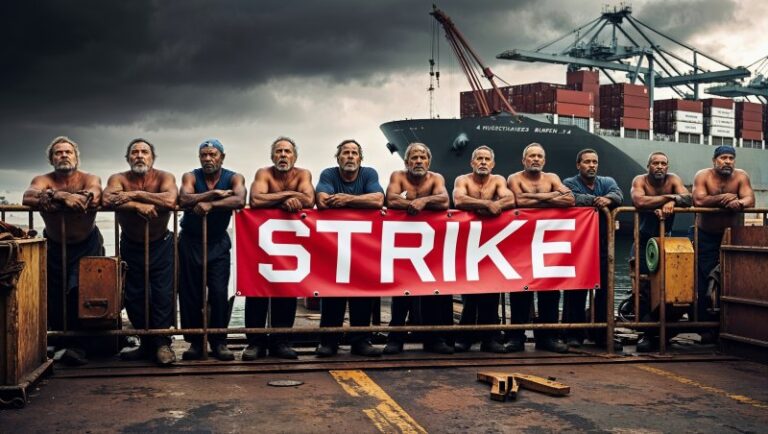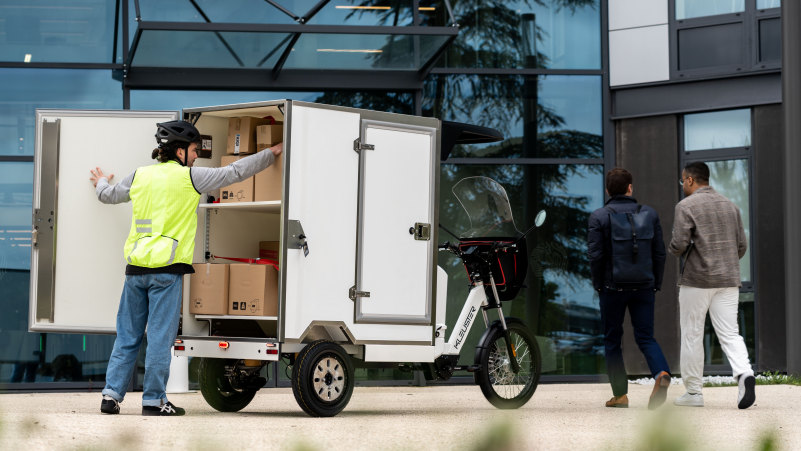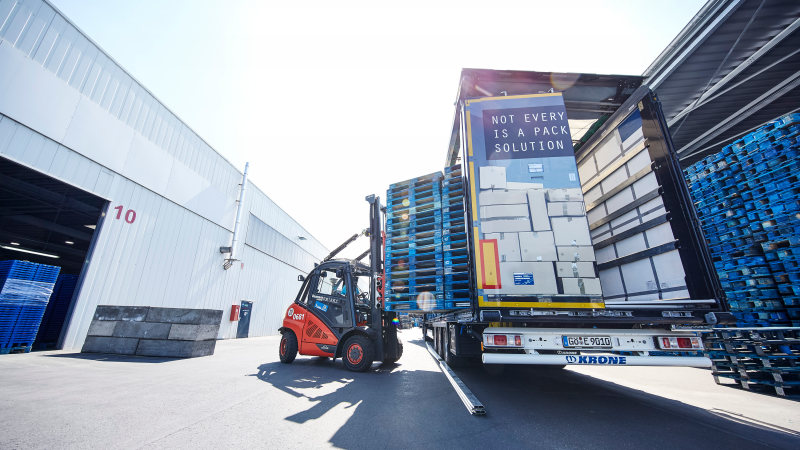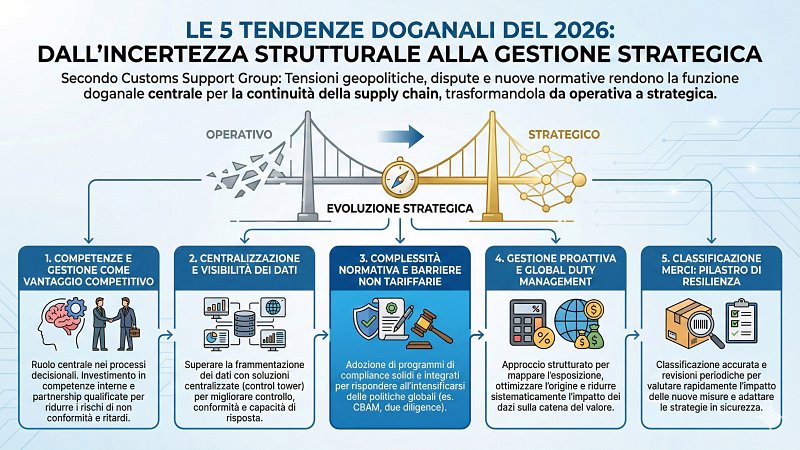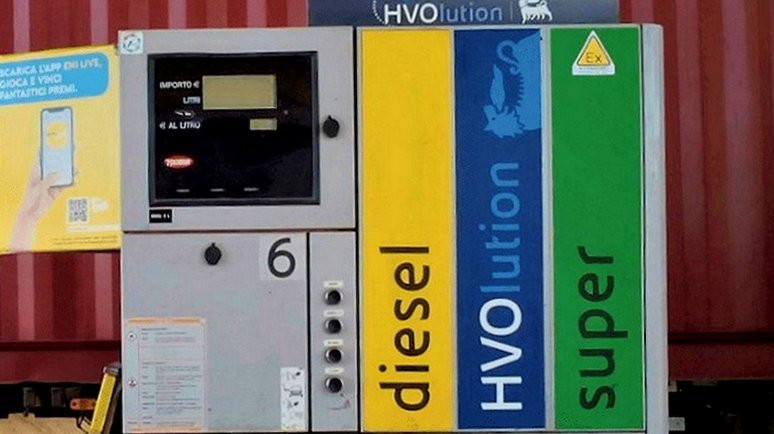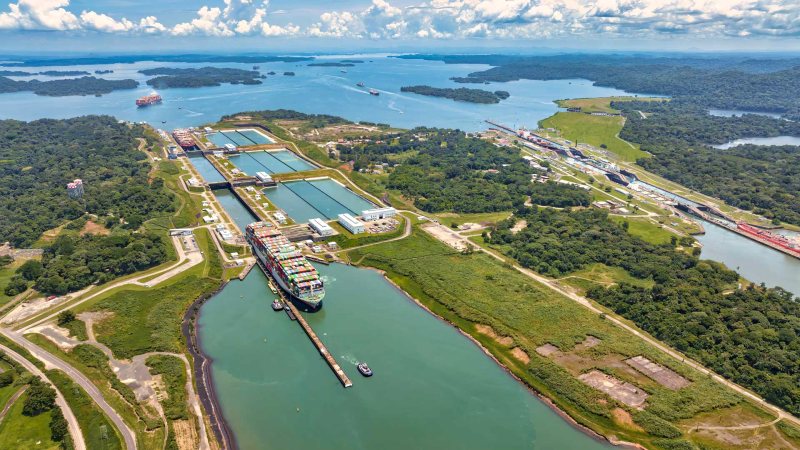On October 3, 2024, the U.S. dockworkers’ strike entered its third day, with participation appearing very high, involving the majority of the 45,000 members of the International Longshoremen's Association (ILA), the union that called for the indefinite stoppage. No resolution is in sight, as negotiations with the United States Maritime Alliance (USMX) remain at a standstill. President Biden has so far refused to use his executive powers to force dockworkers back to work.
The first consequences are already visible at the 36 terminals across 14 ports on the East Coast and Gulf Coast. As of now, 45 container ships are anchored offshore, waiting to dock, and it is estimated that this number could double by next week, creating a wave of delays that will ripple through supply chains for weeks to come. The economic damage is also being evaluated, with the Anderson Economic Group estimating a $2.1 billion impact in just the first week.
The affected ports handle over $2 billion worth of goods daily, and their shutdown will reverberate across global trade. Within the U.S., if the strike continues, it could lead to price hikes and shortages of essential goods. Another immediate consequence is the rise in shipping rates, with major container companies announcing specific surcharges due to the disruption.
Given the deadlock in negotiations, 272 U.S. business associations have called on President Biden to intervene. So far, he has maintained communications with both sides to facilitate dialogue without resorting to presidential powers to end the strike. However, Biden has pointed out that ocean carriers have amassed enormous profits, making the workers’ wage demands legitimate. Analysts also predict that the strike will have political repercussions on the upcoming November elections.
Biden further warned shipping companies against exploiting the situation, particularly in the aftermath of the devastating Hurricane Helene. The hurricane caused severe damage, not only to ports—some of which had to close during its passage—but also to road infrastructure. It will take weeks to restore normal operations, regardless of the strike. Nevertheless, White House Press Secretary Karine Jean-Pierre has stated that the strike has not yet hampered hurricane-related relief and recovery efforts, as emergency supplies were pre-positioned ahead of its arrival.
Public reaction to the strike is also emerging, with social media showing scenes of panic buying of food, water, and toilet paper at supermarkets across the U.S. Beyond the logistics and industrial sectors, farmers are deeply concerned as they rely on sea transport for 75% of their exports. The disruption to agricultural trade alone is projected to cost around $1.4 billion for each week the strike continues.
Analysts believe that the strike's sustainability limit is about a week. If resolved within this timeframe, the backlog of work could be cleared in a few days, aided by overtime. However, if the strike persists, congestion could spread to Asia and Europe, with recovery times much longer, as containers begin to pile up in Asian and European ports as well.













